Call and Book Your Hotel Now!
Domestic Toll-Free for US and Canada: 1-800-997-1438
Worldwide: +1-817-983-0682
The City of Brussels is the historical centre of the Brussels Capital Region. It is an administrative centre of the European Union and hosts a number of EU institutions in its European Quarter. The city bears the remains of its glorious past; in the present times, they are major tourist attractions which lure many travellers from all over the world.
The old town retains its old-world charm and is the best-preserved site in Brussels. Interesting monuments, statues and fountains make this city a living museum of the bygone era. Below is a carefully selected list of sightseeing places every traveller must visit while touring the city.
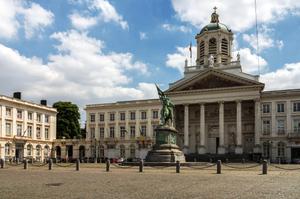
The Royal Quarter (French: Quartier Royal) was the home of the Belgian royal family. Royal Quarter prides itself in housing the Royal Palace of Brussels (Palais Royal), Belgian House of Parliament (Palais de la Nation) and Academy Palace (Palais des Academies). The palaces with neo-classic architecture were built between the 18th and 20th centuries.
Address: 1000 Brussels, Belgium.
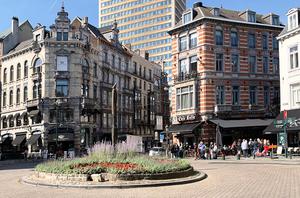
The Sablon Quarter (French: Quartier des Sablons), located in the historic upper town of Brussels, contains twin squares: the larger Grand Sablon or Grote Zavel and the smaller Petit Sablon or Kleine Zavel, a garden and the Church of Our Blessed Lady of the Sablon. Nowadays, Grand Sablon is a popular place to stroll and contains many antique stores, fashionable boutiques, hotels, restaurants, and well-known Belgian chocolatiers.
Address: 1000 Brussels, Belgium.
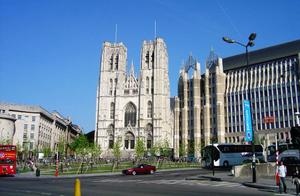
One of the most remarkable archaeological sites in Brussels, the Cathedral of St. Michael and St. Gudula (French: Cathédrale des Saints Michel et Gudule), generally shortened to the Cathedral of St. Gudula or St. Gudula is a medieval Roman Catholic church at the Treurenberg hill located in the city centre of Brussels, Belgium. The history of the cathedral spans over 12 centuries. Initially built in Romanesque style, the church was later styled in Brabantine Gothic architecture because of its growing significance. The church was designated a historic monument in 1936.
Address: Place Sainte-Gudule, 1000 Brussels, Belgium.
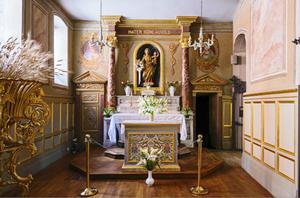
The Notre-Dame de Bon Secours church (Eéglise Notre-Dame de Bon Secours) is located at the corner of Rue du Marché au Charbon and Rue du Jardin des Olives in the city centre. It is a religious building of the 17th century. It is a catholic parish church in the district.
Address: Rue du Marche au Charbon, Brussels, Belgium.
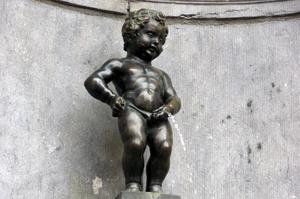
In Flemish, it means "little man pee". A bronze fountain sculpture of a naked little boy urinating in the fountain is located at the junction of Rue de'lEtuve & Eikstraat. It is a very famous landmark in the city. There are various stories about this statue. One of them goes like this - Brussels was under siege by foreigners in the 14th century, and the attackers had planned to destroy the city walls with explosives. A little boy named Juliaanske from Brussels happened to see it. He urinated on the burning fuse and saved the city. On some occasions, the statue is dressed in various costumes. The original stone statue was stolen and destroyed.
Address: 1000 Brussels, Belgium.
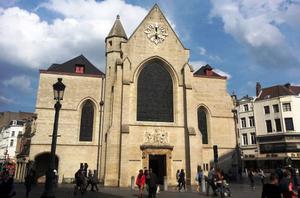
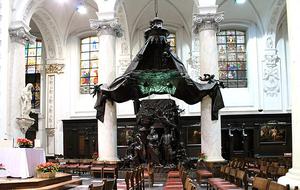
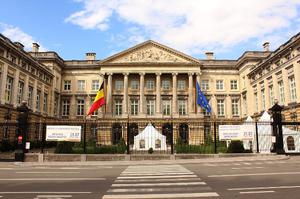
Palace of the Nation (French: Palais de la Nation) is a building home to the Belgian Federal Parliament. The building is located at the northern end of the Park of Brussels. It consists of the Chamber of Representatives and the Senate. The Chamber of Representatives holds meetings in the Palace of the Nation, Brussels.
Address: 1008 Brussels, Belgium.
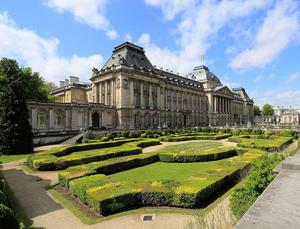
Royal Palace of Brussels (French: Palais royal de Bruxelles) is the official palace of the King of Belgium and lies in the heart of Brussels. However, it is not used as a residence of the King and his family. The king uses the Royal Palace as his office. The palace contains state portraits and furniture of Napoleon, Leopold I, Louis Philippe I and Leopold II.
Address: Rue Brederode 16, 1000 Brussels, Belgium.
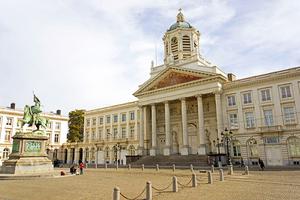
The Church of St. James on Coudenberg (French: Église Saint-Jacques-sur-Coudenberg) was built in 1775, and during the revolutionary influence of France, it was used as a place of worship. It is a Roman Catholic church located in the Royal Quarter of Brussels and is dedicated to Saint James.
Address: Imp. du Borgendael 1, 1000 Brussels, Belgium.
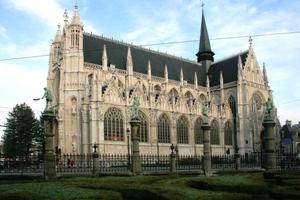
The Church of Our Blessed Lady of the Sablon (French: Église Notre-Dame du Sablon, Dutch: Onze-Lieve-Vrouw ter Zavelkerk) is located in the Sablon/Zavel district. It is a Roman Catholic church dedicated to Our Lady of the Sablon. Its neo-Gothic elements date from the 19th century.
Address: Rue des Sablons, 1000 Brussels, Belgium.
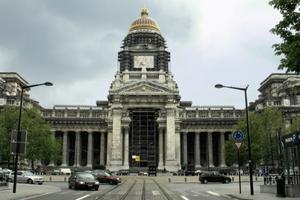
The Palace of Justice of Brussels (French: Palais de Justice de Bruxelles), or Law Courts of Brussels, is situated on the top of Galgenberg hill, between the upper and lower town of Brussels. Designed by architect Joseph Poelaert in Greco-Roman style, this is the most extensive construction of the 19th century. It soars at 105m (344ft) high and covers a total surface of 26,000sq.m. (280,000sq.ft). In modern times, it functions as the courthouse in Brussels, Belgium. It is also a seat of the judicial arrondissement of Brussels.
Address: Place Poelaert 1, 1000 Brussels, Belgium.
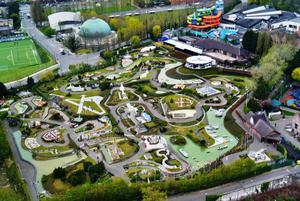
Mini-Europe is a park located in Bruparck, at the base of Atomium in Brussels. It is a miniature park spread over 24,000sq.m. (300,000sq.ft.) and contains reproductions of famous monuments in the European Union and other European countries. Although smaller in size, they appear very realistic. It has various live models such as trains, mills, cable cars and volcanic eruptions to make it more appealing. The park was inaugurated in 1989 by Prince Philip of Belgium with a starting investment of €10 million. The exhibition "Spirit of Europe" gives an interactive overview of the European Union.
Address: 1 Avenue du Football, 1020, Bruparck, Brussels, Belgium.
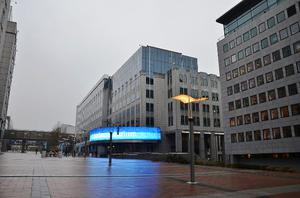
The Parlamentarium allows you to explore the European Parliament at its visitor's centre. It was inaugurated by the President of the European Parliament, Jerzy Buzek, on 14 October 2011. The permanent exhibition contains multimedia presentations, guided tours and audio tours. Parlamentarium is the second largest centre in the world.
Address: Pl. du Luxembourg 100, 1050 Brussels, Belgium.
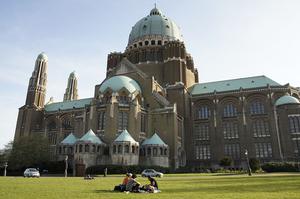
The National Basilica of the Sacred Heart (French: Basilique Nationale du Sacré-Cœur) church is the fifth largest church in the world. Dedicated to Sacred Heart, the church is located on Koekelberg hill and is known as Koekelberg Basilica. The construction of the church started in 1905 under the governance of King Leopold II but could not be completed on time due to the two World Wars. The construction was put on hold for some time and was completed in 1970. This huge structure in Art Deco style is about 100 feet tall and is made from bricks and terracotta. At the entrance, there are two towers on each side, with a towering height of 89 m (292 ft). in Art Deco style of architecture.
Address: 1083 Brussels, Belgium.